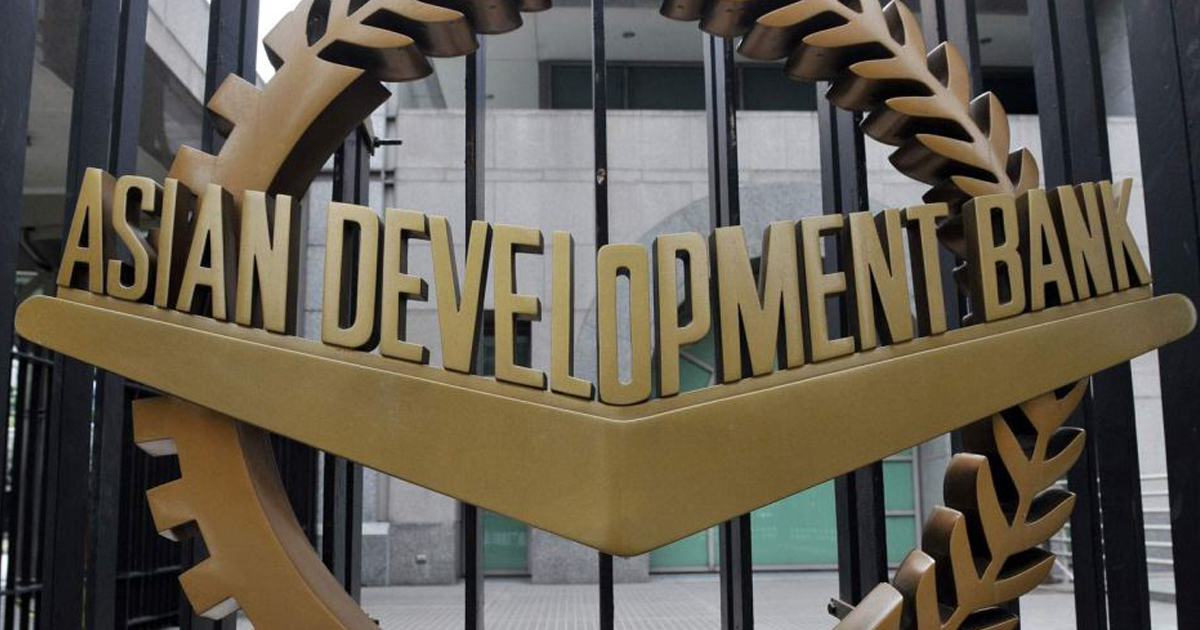The GST (Goods and Service Tax) has been termed as a great reform achievement of the GOI (Government of India) by Takehiko Nakao, the president of Asian Development Bank. But he also suggested that the upcoming tax regime in the country could also cause challenges on account of some factors such as the multiplicity of tax rates.
While praising the Governments efforts to push the reforms forward is several areas, Mr Nkao also stated that the GOI should put more efforts into reforms of its labour and land acquisition laws along with the regulations that govern foreign direct investment, by which the countrys economy can witness a rapid growth as compared to other countries such as China on a sustained basis.
The ADB chief, while speaking to reporters after meeting Finance Minister Arun Jaitley in Delhi, also said that the impact of GST on Indian economy can not be predicted at this stage, but its biggest advantage would be seen as the integration of the Indian economy in a single market.
Mr Nakao said, There are many different views about GST because of so many tax rates, for instance. So its application is a very important challenge. From my experiences in Japan, when we introduce a new tax, especially such an advanced instrument of taxation like GST, sometimes businesses have to think about pricing based on the new tax burden.
The ADB chief also pointed that the introduction of an attractive and effective pricing strategy in the GST era would be the most challenging part for the Indian businesses and would impact their profitability.
Read Also: Problems a Businessman May Face in GST After Implementation
He stated, Some businesses can enjoy a reduction of the tax burden from the previous multiple taxes to the GST, but there are also services or other businesses which would have a more tax burden. So how businesses can adjust to the new tax arrangement by pricing is one big issue. If they cannot shift the tax burden properly, they must reduce their profit.
The multiplicity of India opted GST rates will be challenging initially both for the officials and businesses of the country. Mr Nakao said, There is the tax on the output and the tax credit on input, but there are so many different tax rates so how to apply different rates to different commodities and services for output as well as input, is an issue.
Moreover, according to the ADB chief, the dual tax enforcement system, India has adopted can also prove to be problematic. Previously, Mr Jaitley also arranged a meeting with the representatives of trade and industry to ask them for ensuring that all of the benefits arising out of the implementation of the new tax regime were passed on to customers.
Recommended: GST India: Banking Sector and Its Upcoming Struggles
Committing to increasing the Indian Banks financing activity for projects from USD 3.1 billion last year to a range of USD 3 billion – 4 billion each year till 2022, the ADB chief said that is is the correct time for the country to take the advantage of its young population.
Mr Nakao stated, Labour rules still need rationalisation, regulations for FDI should be further reformed. Land acquisition is a very politically difficult issue, but I hope the States and authorities will address it. It is improving but theres still room to do more, especially for foreign investors.
